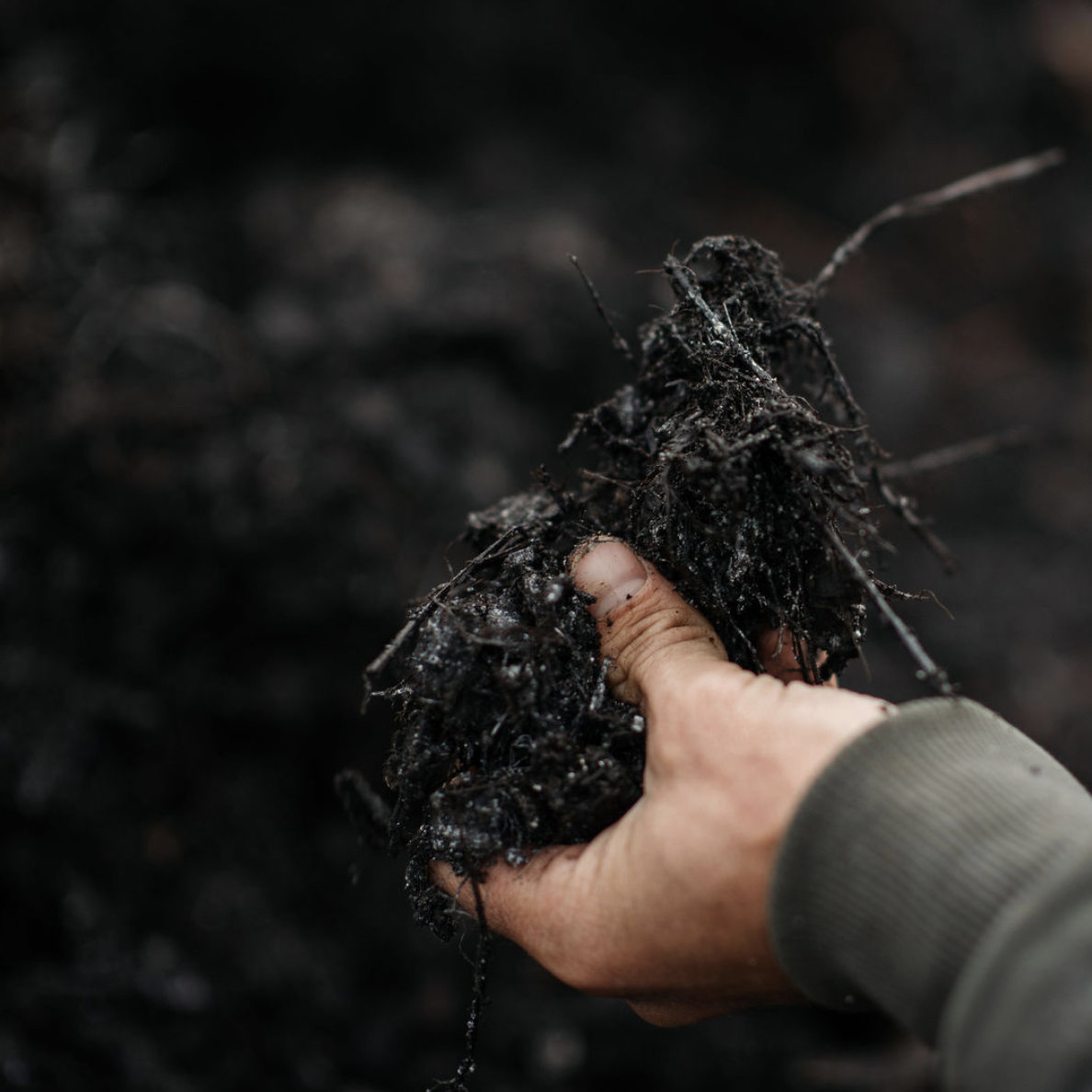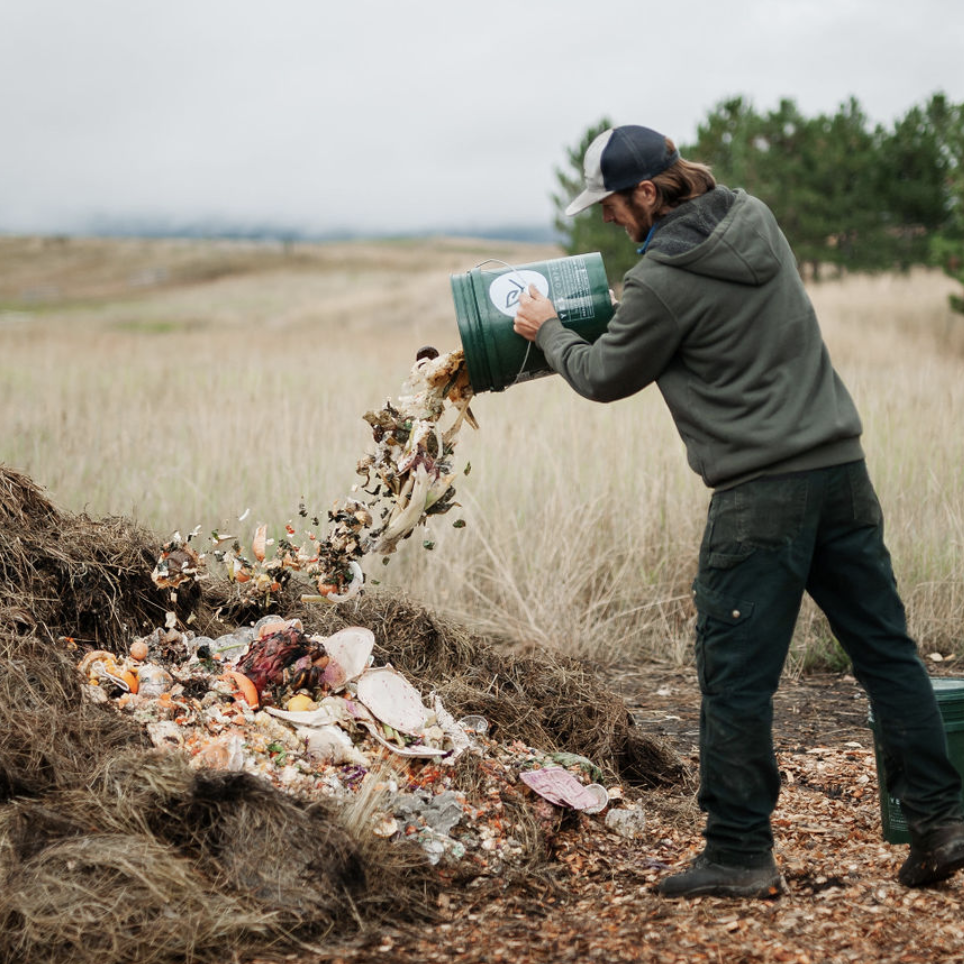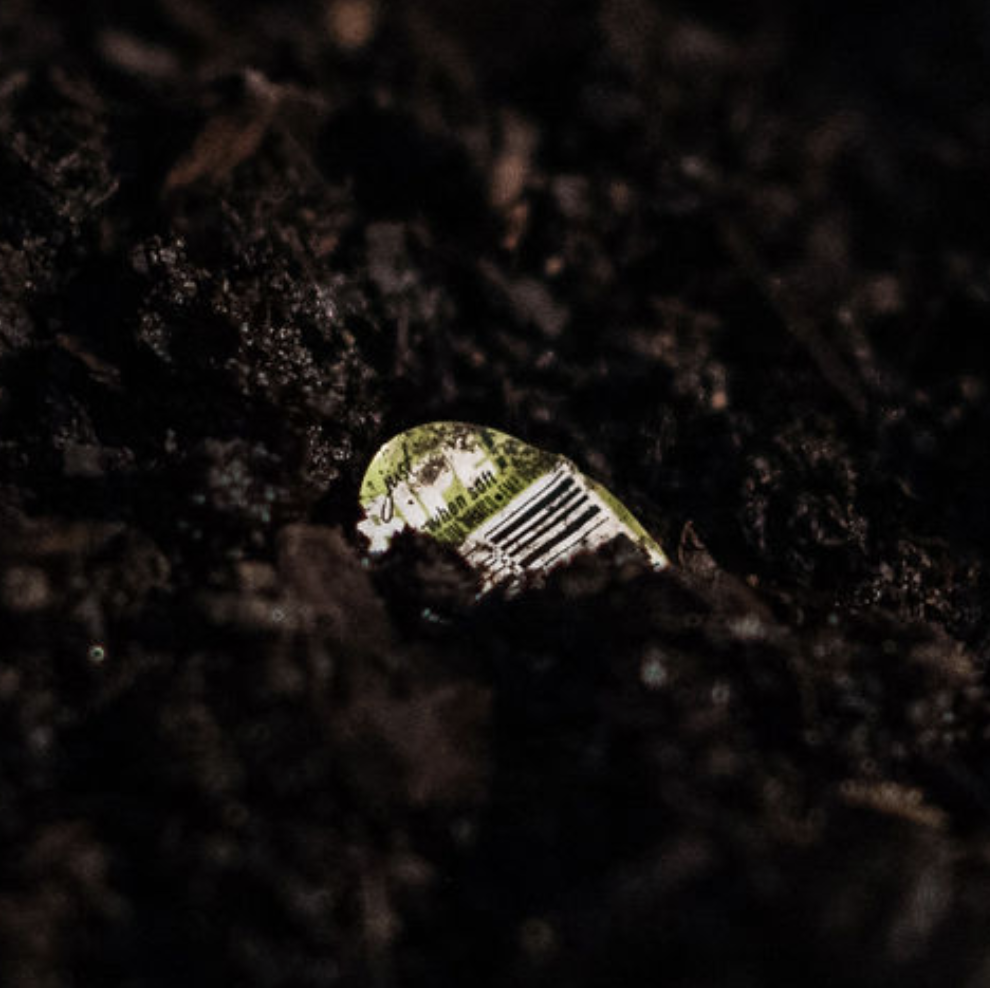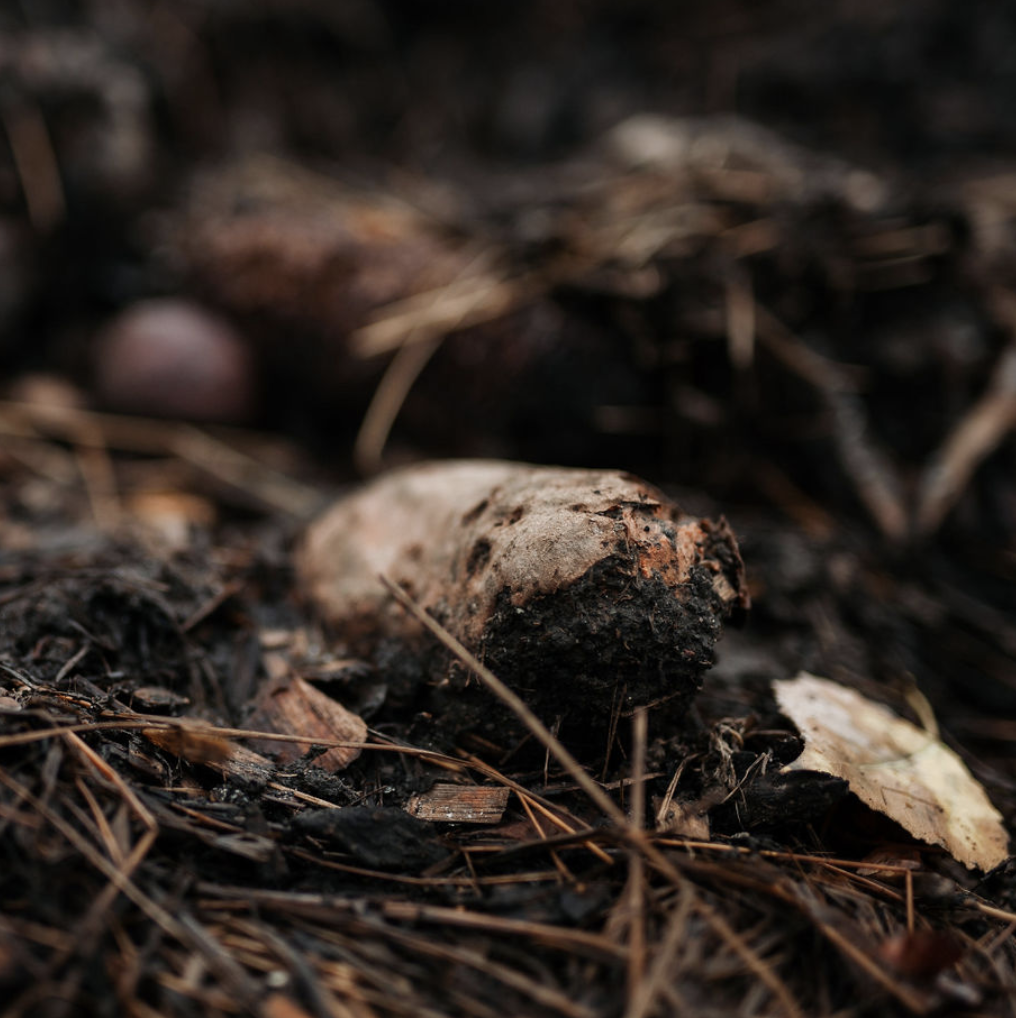Compost Basics
Why compost?
30% of the municipal waste stream is compostable, yet it continues to be put in landfills across our nation. That amounts to more than 50 million tons of organic material being buried in our country each year where it decomposes without oxygen and produces methane, a greenhouse gas 30-50 times more potent than carbon dioxide. We want to work with you to do our part to keep more food waste out of landfills and turn it into worm castings, successfully completing the nutrient cycle.
Read our notes below to learn the compost basics, including what is and isn’t compostable.
What can be composted?
YES Compost!
We strive to bring back the natural nutrient cycle within our community by redirecting as much food waste away from the landfill as possible, and instead use them to replenish our soil and foster new plant growth. Part of learning the compost basics is understanding what you can compost. And, remember, if you aren’t sure, ASK! Shoot us an email or text with a picture of any questionable item and we’ll confirm whether or not it can be included in the green bucket.
Check out our long list of items that are acceptable in the green bucket:
Compostable items:
Food scraps/leftovers
Fruit and vegetable trimmings
Meats, bones, dairy/oils (not more than 10% of container contents)
Dairy products like cheese, yogurt, etc.
Breads, cereals, grains, rice
Nuts and nutshells
Egg shells
Coffee grounds and paper coffee filters (unbleached)
Natural fiber tea bags (remove staple if present)
Non-bleached/inked napkins and paper towels as long as they are soiled with only organic material (e.g. no oily shop towels)
Cardboard substantially soiled by food like pizza. If clean, please recycle. Please tear into small pieces and remove any non-compostable items from within boxes
Grease, vegetable oils (not more than 5% of container contents. Please keep these off of the bucket walls and bottom to reduce the amount of water/soap required for cleaning. Soak into paper towel, or pour into center of full bucket)
All to-go PLA (corn plastic) or paper containers and utensils specifically labeled as “compostable” (see symbols)
No. Please don’t compost.
What happens when non-compostable items end up in the compost bins? We pick them out by hand. We keep a special eye out when we are emptying bins, and never crush or grind any of our food waste in order to keep any plastics and contaminants in as big of pieces as possible (so as to avoid creating microplastics).
Help us avoid this extra work and potential contamination by avoiding items on this list:
Non-compostable items:
Trash or Recycling: clean cardboard, #1 and #2 plastics, glossy paper, aluminum foil and aluminum cans, etc.
Non-compostable Plastics. Thin-film plastics like plastic bags, clamshells, and other packaging.
Rubber Gloves
Fruit and vegetable stickers/tags/labels/rubber bands
Dryer lint (contains micro-plastics from synthetic fabrics)
Pet waste / hair
Yardwaste/grass clippings (Herbicide contamination risk) Save for Spring and Fall yardwaste collection routes
Ornamental Flowers (Pesticide contamination risk). Put these in a separate bag and leave them out with the bucket and we’ll compost them separately
Still unsure about an item?
Remember, our policy is "guilty until proven innocent," so if you have any questionable items, please text Karl at 406-219-7011 to approve them PRIOR to including them in your bucket. Thank you!









